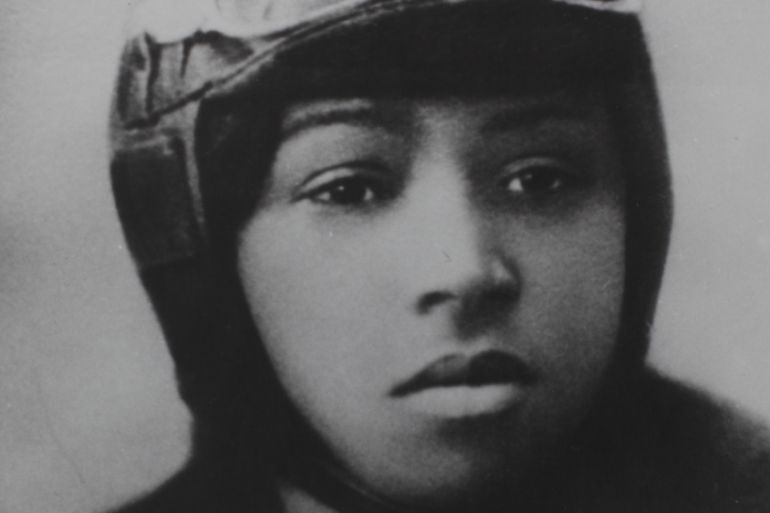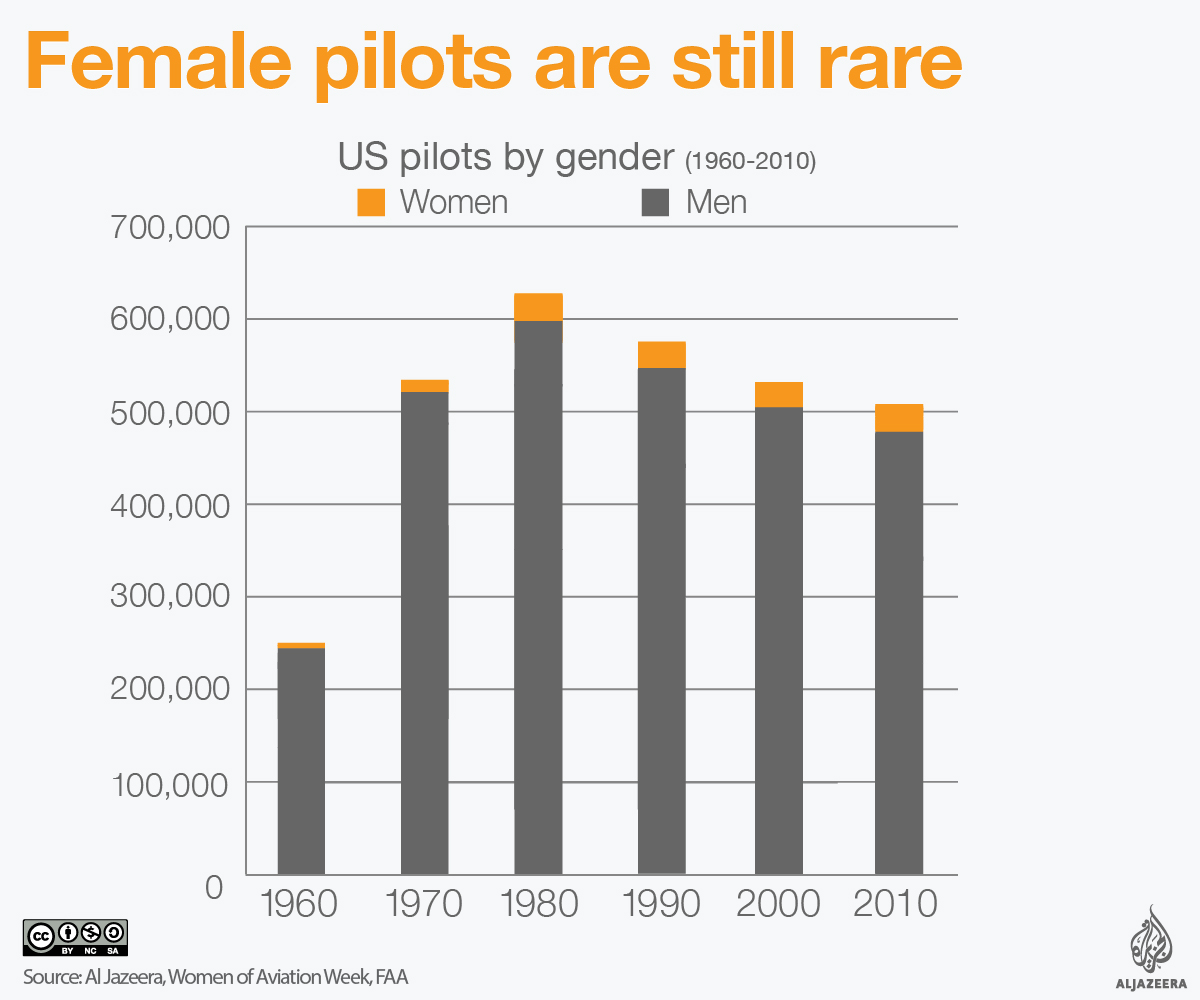Who was Bessie Coleman and why does she still matter?
The first African American female to become a pilot, born on this day 125 years ago, remains an inspiration to many.

Bessie Coleman was the first African-American female to become a licensed pilot in 1921. Defeating gender and racial prejudice, the then 29-year-old became a symbol for millions of women of colour at a time when African Americans were still battling segregation and fighting for equal rights across the country.
On Thursday, Coleman would have been 125 years old. To mark her birthday, Google paid homage to her with a Doodle on its homepage.
Keep reading
list of 4 itemsHelicopter crash kills Raisi: Are sanctions behind Iran’s aviation crisis?
Boeing’s jets turn 70: A timeline of highs, lows and turbulence
Air Vanuatu goes into liquidation, thousands of passengers stranded
Who was Bessie Coleman?
Born on January 26, 1892. in Atlanta, Texas, Coleman grew up inspired by World War I stories and the famous Wright brothers, credited with building and flying the world’s first airplane.
Despite the obvious barriers at the time, Coleman was determined to fly.
READ MORE – Akon: ‘America was never built for black people’
After completing high school, she was admitted to the Oklahoma Colored Agricultural and Normal University, now known as Langston University, where she spent a year before heading to Chicago in 1915.
How did Coleman become a pilot?
Coleman was rejected from American aviation schools because of the colour of her skin and her gender. She was told to attend an international aviation school in France, so spent her savings learning French and headed to Paris in 1920.
The air is the only place free from prejudices
“I knew we had no aviators, neither men nor women, and I knew the race needed to be represented along this most important line, so I thought it my duty to risk my life to learn aviation and to encourage flying among men and women of our race, who are so far behind the white race in this modern study,” she famously said.
While in Paris, Coleman spent about seven months learning how to fly, and was rewarded with an international pilot’s licence in 1921 by the Federation Aeronautique Internationale.
Upon her return to the United States, Coleman became known for her extraordinary stunts and was dubbed “Queen Bess”. She continued to face restrictions in the US and spoke of the difficulties, coining the phrase: “The air is the only place free from prejudices.”
Bessie Coleman was determined to fly. On this day in 1921, she became the 1st Black woman to earn a pilot's license. pic.twitter.com/cPFIzUcNoy
— Bowie State Uni. (@BowieState) June 15, 2016
She passed away on April 30, 1926 in an accident during a rehearsal for a show. She was 34.
Women in the aviation industry
During the 1960s, more American women were able to enter areas that had until then been the preserve of men. In 1960, one in every 21,417 women was a pilot. In 1980, the number was one in 4,220 women. In 2010, it was one in 5,623 women.

The aviation industry today
While gender remains one layer of discrimination, African American men and women face another level of prejudice. More than 90 percent of pilots in the US are white.
In late 2016, a group of 18 African American pilots alleged a pattern of racism at United Airlines, claiming that is had an “utter lack of diversity at the management level” and systematically kept black employees from entering the managerial ranks.
Aviation worldwide
Worldwide, the aviation industry remains overwhelming male, and in most part white.
In South Africa, despite apartheid ending in 1994, only 4 percent of the 17,252 pilots in the country are black, and only 241 are black women.